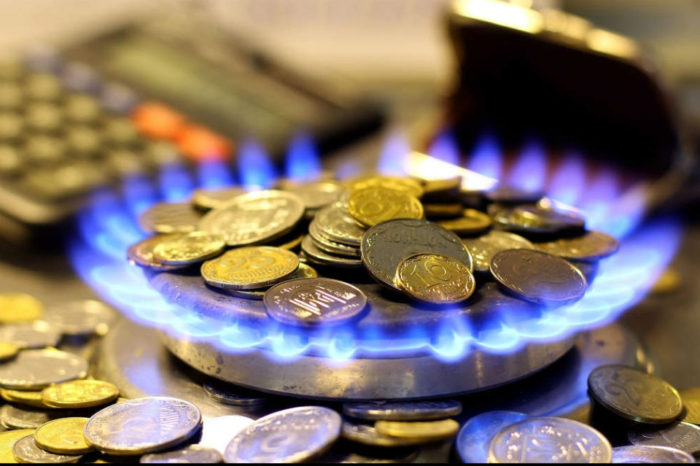Colliers: Bank-financed housing acquisitions continue to fall in 2023. Solid residential market fundamentals give developers confidence to continue investing in new projects

Rising interest rates have reduced Romanians’ appetite for home mortgages, with the number of apartment transactions falling by almost 30 percent in Bucharest and Romania’s major cities in the first five months of the year, Colliers consultants note. Compared to the past four years, when the balance of housing loans grew by an annual average of 10-12 percent, the annual evolution of housing loan stock is now growing by only 1.2 percent, with the slowdown becoming noticeable starting with the second half of last year.
“The stock of housing loans has fallen in each of the first four months of this year, meaning that banks granted fewer housing loans than were repaid. The outlook for interest rates in the second half of the year shows little sign of improvement, so we expect to see a continuation of this trend. The annual evolution of housing loans will go into negative territory, and one consequence is that the percentage of transactions based on credit is decreasing, because some buyers can no longer afford to access a mortgage loan, so they have to postpone the purchase decision”, explains Gabriel Blăniță, Associate Director Valuation & Advisory Services at Colliers Romania.
IRCC, the reference interest rate for home loans will remain relatively constant from 5.98 percent in the second quarter of 2023, for the third quarter it will be 5.94 percent, and in the last three months of the year it is estimated to reach around 5.95 percent. In this context, after two years of sustained and widespread increases, Colliers consultants point out that fewer transactions will be recorded this year, with mixed price developments.
Even so, the fundamentals of the residential market remain solid and wage growth remains strong. The average net wage in the economy increased by 15 percent in April 2023 compared to the same period last year, reaching 4,564 lei, a development that exceeds the inflation rate in the same period. Colliers consultants consider that a continuation of this trend will lead to an improvement in housing affordability, which has suffered over the past two years. Also, compared to the pre-pandemic period, the market is showing good dynamics, with the number of apartment transactions in 2023 increasing by around 20-30 percent in Bucharest and the major cities.
The prospect of inflation slowing down, both in Romania and at European level, will have the effect of relaxing the financial markets, which will ultimately lead to lower borrowing costs for housing acquisition, Colliers consultants point out. Since the beginning of this year, the 3M ROBOR has fallen by 1 percentage point, from 7.56 percent to 6.55 percent today. The fall in interest rates on IRCC-linked loans (new loans, but also old loans that have converted from ROBOR to IRCC) will take longer, however, given the methodology used to calculate this index.
“Even though the growth pace in construction volume has slowed compared to previous years, the first four months still reflected a 1.1 percent increase in residential construction volume compared to the same period last year. Those who continue to invest in developing new projects during this period will have the most to gain in the run-up to next year, when we expect financing conditions to relax. Also, the very good volume of infrastructure works during this period will unlock the development potential of both the capital area and the cities located along the highways to Moldova or Transylvania”, concludes Gabriel Blăniță.
In Bucharest, the adjustment in the supply of new homes against the background of lower demand was highlighted in the first quarter of the year by a sharper decrease in the number of delivered homes. Only 4,666 homes were delivered in the first three months of 2023, 16 percentdown compared to the same period last year.
Residential market trends are closely linked to overall economic developments, and the good prospects for the Romanian economy are highlighted in the European Commission’s latest forecast this spring. Despite the slowdown in economic growth in the European Union compared to developments in 2022, Romania is the country with the highest projected economic growth in the EEC and the third highest in the EU, with 3.2 percent in 2023 and 3.5 percent in 2024. These prospects contribute to the positive investment climate, together with the second lowest inflation in the CEE-6 and the level of public investment in infrastructure.














